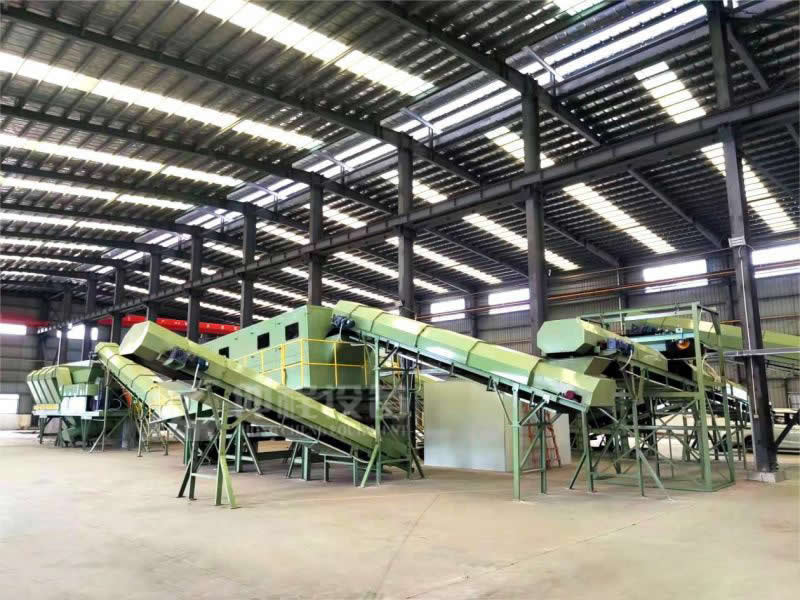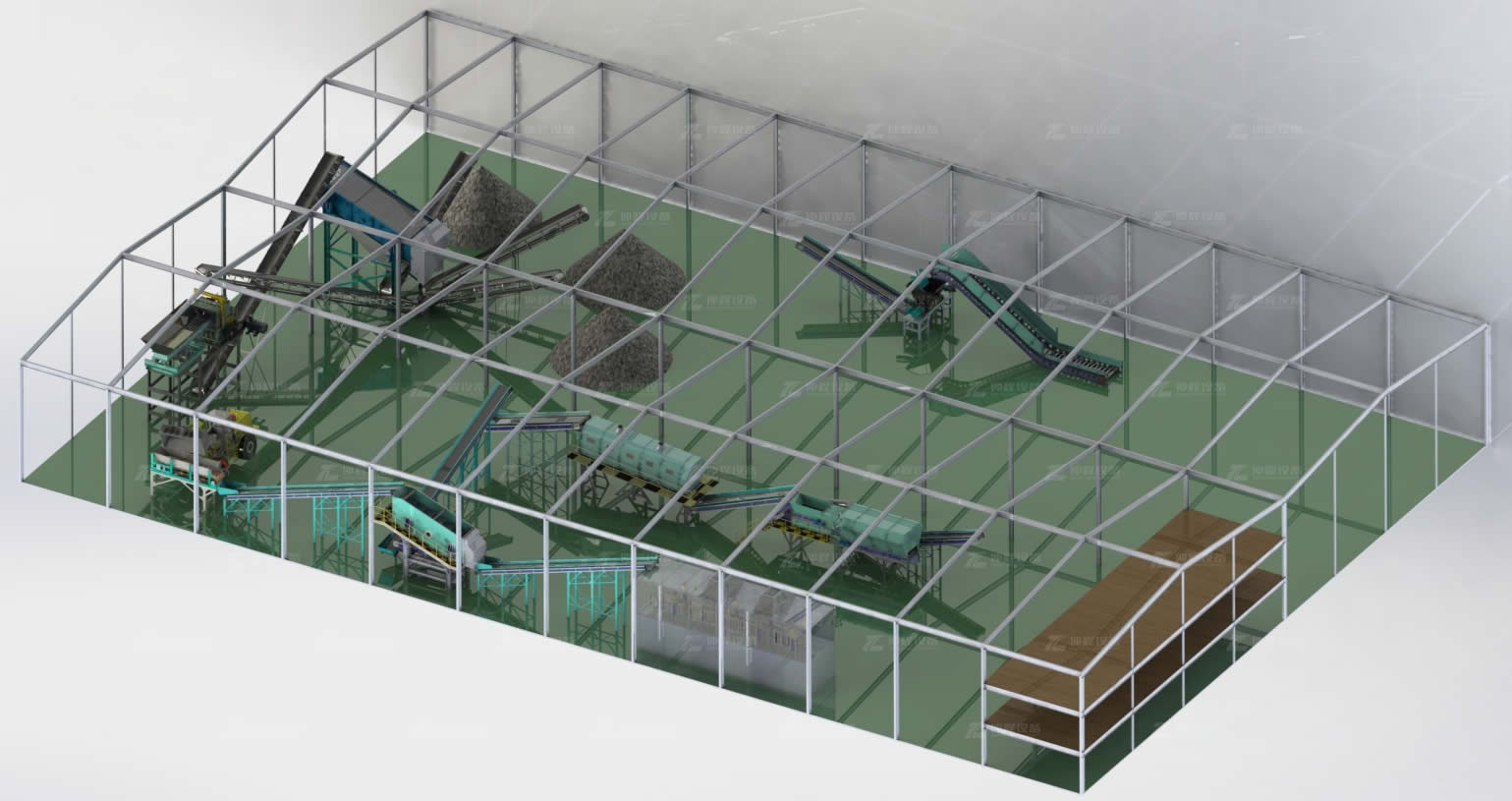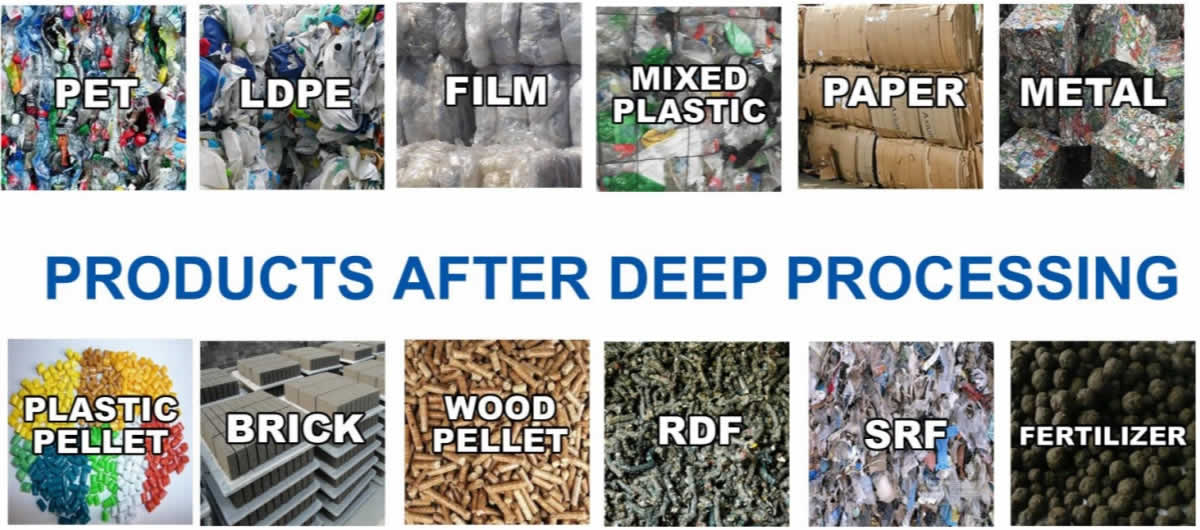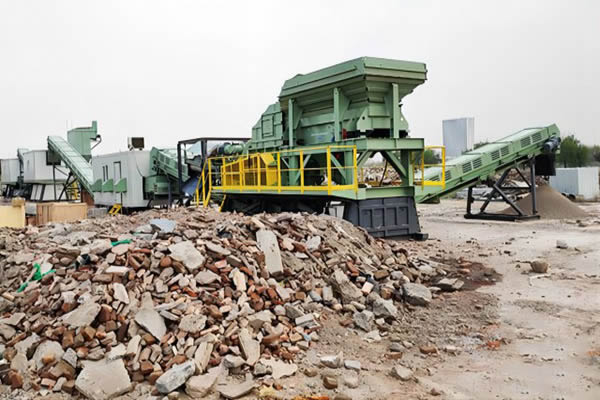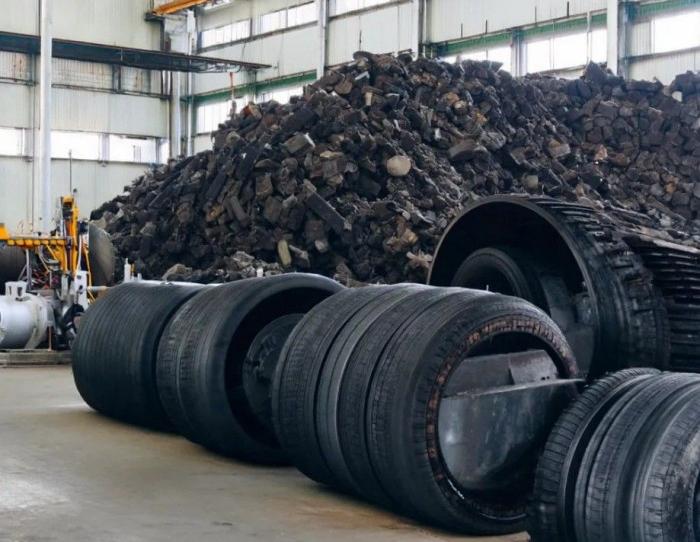Construction and Demolition Waste Recycling
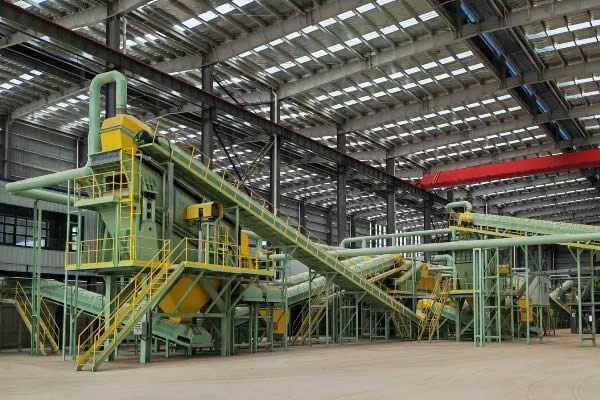
- Treatment process: Apron feeders、Screenner、Air Drum Separator,Sorting Plate
- Throughput: 50-150t/h
- Raw Material: Construction and Demolition Waste
- Finished Material: Aggregates、Wood、plastic、Sand、Metal、Stone
- Main Equipment: Ballistic separator、Finger screen、Trommel screen、Air Separator、Baling Machine
- Case Description
Zhongcheng Construction & Demolition Recycling Systems maximize recovery rates and material quality, as well as minimize the volume of residual waste to be landfilled. Our solutions are made to maximize the separation of commingled debris such as: wood, metal, cardboard, plastics, polystyrene, gypsum, asphalt shingles, and mixed rocks. We consider the changing needs of the market, the increase of landfill costs, as well as environmental law demands.
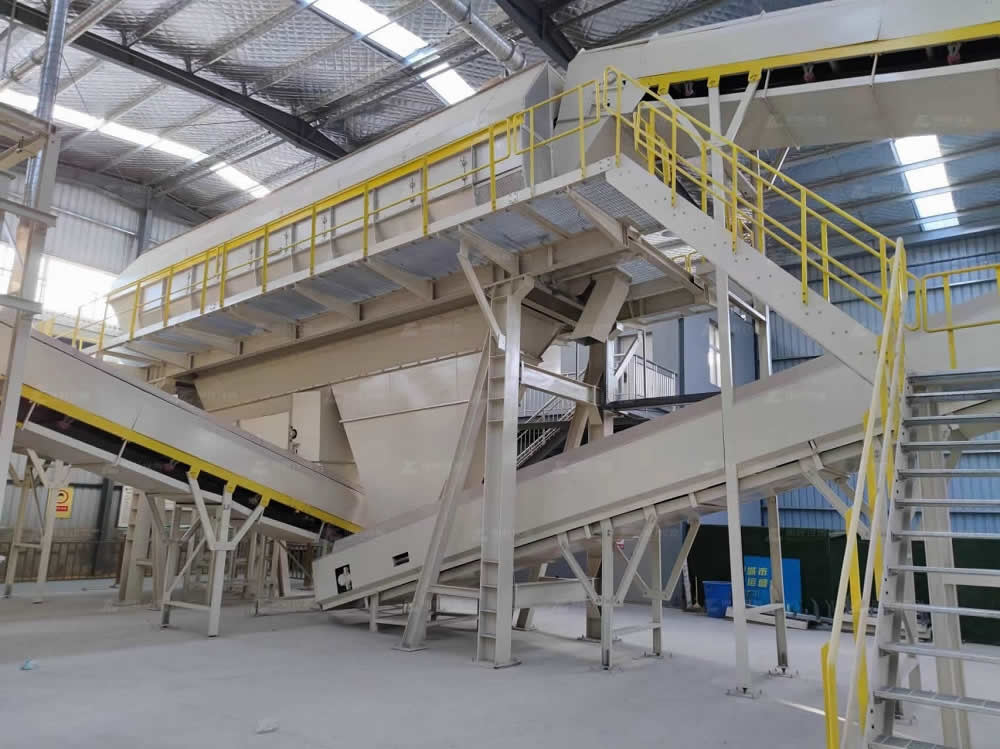
Recover materials for new products
Construction and demolition waste comprises multiple economically valuable materials such as reusable aggregates, bitumen, brick, cardboard, concrete, metals, mineral wool and wood, many of which can be sold directly or used in new products, construction materials or in energy production.
In an optimal case this waste is processed near the demolition site, making the discarded matter a continuous stream of raw materials for new roads, buildings, bridges and urban landscape.
Recovering as much materials as possible also has another benefit. Oftentimes, heavy and bulky waste is expensive to dump in landfills or store in stockpiles. The larger the proportion of materials reused, the greater are the savings in waste management costs.
From waste to value
Rapid urbanization and population growth have increased the demand for new housing, urban environments and infrastructure.
While roads, buildings and bridges are renovated and renewed, massive amounts of construction and demolition waste is generated around the world.
To cope with both rising stockpiles of waste and yet growing need for raw materials, governments have started to impose new environmental regulations encouraging to use recycled materials instead of natural resources.
Waste rarely is a good news. The silver lining, however, is that construction and demolition waste is not in the end of its lifecycle, quite the opposite. It is an endless source of raw materials for various purposes and products.
Recycled Construction and Demolition (C&D) waste refers to materials that are generated from construction, renovation, and demolition activities. Recycling C&D waste is important for reducing the environmental impact, conserving natural resources, and promoting sustainable construction practices.
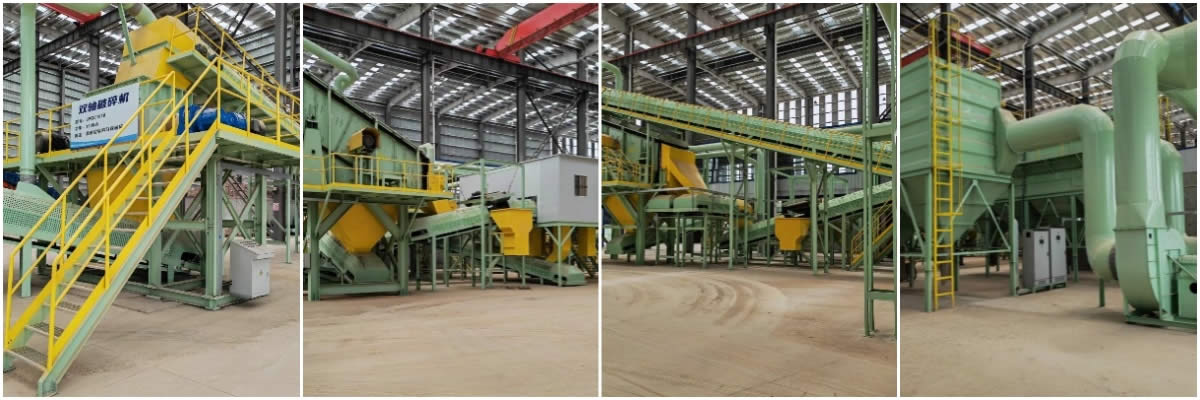
Here are some common uses for recycled C&D waste:
Aggregates: Recycled concrete, asphalt, and other C&D waste materials can be crushed and processed to create recycled aggregates. These aggregates can be used as a substitute for traditional construction materials in road base, backfill, and concrete production. Using recycled aggregates helps reduce the demand for virgin materials and decreases the amount of waste sent to landfills.
Pavement and Asphalt: Some recycled C&D waste materials, like asphalt shingles, can be processed and incorporated into asphalt mixes for road construction and repair
Concrete: Crushed concrete from recycled C&D waste can be used as a partial replacement for traditional aggregates in concrete production. This reduces the need for extracting and processing virgin materials, which in turn lowers energy consumption and greenhouse gas emissions associated with concrete production.
Brick and block production: Crushed and processed C&D waste can be used in the manufacturing of new bricks, blocks, and pavers. This approach reduces the demand for clay and other natural resources typically used in brick and block production.
Landscaping: Recycled C&D waste materials can be used for landscaping purposes, such as creating pathways, retaining walls, and erosion control structures. These materials can provide a functional and visually appealing solution while diverting waste from landfills.
Structural fill: Some types of recycled C&D waste, such as clean wood waste, can be repurposed as structural fill material for embankments, berms, and other engineered structures.
Energy generation: Certain types of C&D waste, such as wood, can be used as a biomass fuel source for energy generation. This can help reduce the demand for fossil fuels and contribute to renewable energy production.
It’s important to note that the usability of recycled C&D waste materials depends on their quality, cleanliness, and the specific regulations and standards of the region.
Proper sorting, processing, and testing are crucial to ensure that the recycled materials meet the necessary requirements for their intended applications.
